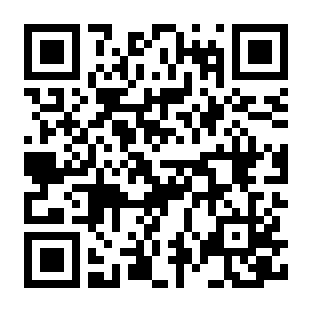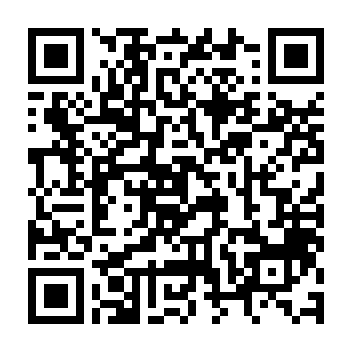Koishikawa Park, Bunkyo ward
Save the Lives in Edo! -The Koishikawa Hospital-
The Edo periods greatest medical revolution, in order to save the poor.

(Voice actor) Mr.Akira Daniel Duncan

To become a doctor today, one must study for six years in medical school and pass the national exam. Since it is a job dealing with human life, taking that amount of time to learn skills and acquire knowledge is no surprise. However, in the Edo period when the Tokugawa administration ruled Japan, there was no such thing as a medical license. You became a doctor on the same day you claimed, “I’m a doctor.” Therefore, there were huge differences in the quality of doctors. There is an expression in Japanese called, yabu doctor. Yabu means a thicket, and you cannot see far through a thicket. The expression yabu doctor derived from the quip that they could not make a prognosis to the patients. A thicket usually refers to a bamboo thicket in Japan. Bamboo grows from a bamboo shoot. So, a doctor even less qualified than a yabu is called a bamboo shoot. Since such doctors were common, skilled doctors were sought after by feudal lords and rich merchants, and to which doctors could charge enormous medical fees. On the other hand, commoners did not have enough money to see a doctor when they were sick or injured, so they usually just bought medicine relying on self-diagnoses. Many lives could have been saved if only they could see a doctor. Doctor Shosen Ogawa was the one who changed the situation in which doctors were unavailable to those seeking medical care. He was known to be a skilled doctor who could charge a lot of money for his service if he wished. One day he was called to a tenement house, where commoners lived, for a sick patient. But the patient refused to be treated. “I don’t have money to see a doctor,” explained the patient. What good was it to be a doctor if he couldn’t save a suffering patient before his eyes, not to mention being denied by the patient, Shosen Ogawa wondered. That made him decide to open a clinic where even the poor could be treated for illness and injury. He appealed to Yoshimune Tokugawa, the shogun at the time. There used to be a system called meyasu-bako (*suggestion box) where anyone could leave a suggestion to the shogun. In this meyasu-bako, he submitted his proposition for the Tokugawa administration to establish free hospitals for commoners so they could see doctors. This meyasu-bako were required the addresser to identify themselves. If the suggestion was taken as political criticism, they could have been punished. As a result, there were very few meaningful contributions, or so they say. Yet Shosen Ogawa criticized “the society where only the rich live long and commoners die, unable to see doctors,” and asked the Tokugawa administration to build free hospitals. It could have been taken as political criticism. One day, he was summoned to the Southern Machi-bugyo office (*government administration and judiciary office). He prepared himself for anything upon appearing, but the Southern Machi-bugyo, Echizen Ooka, gave him a surprising order.
"100 hidden stories of Tokyo" Application Download
Caution
This app contains in-app purchases.
Please note that packet data fees will be charged separately.



